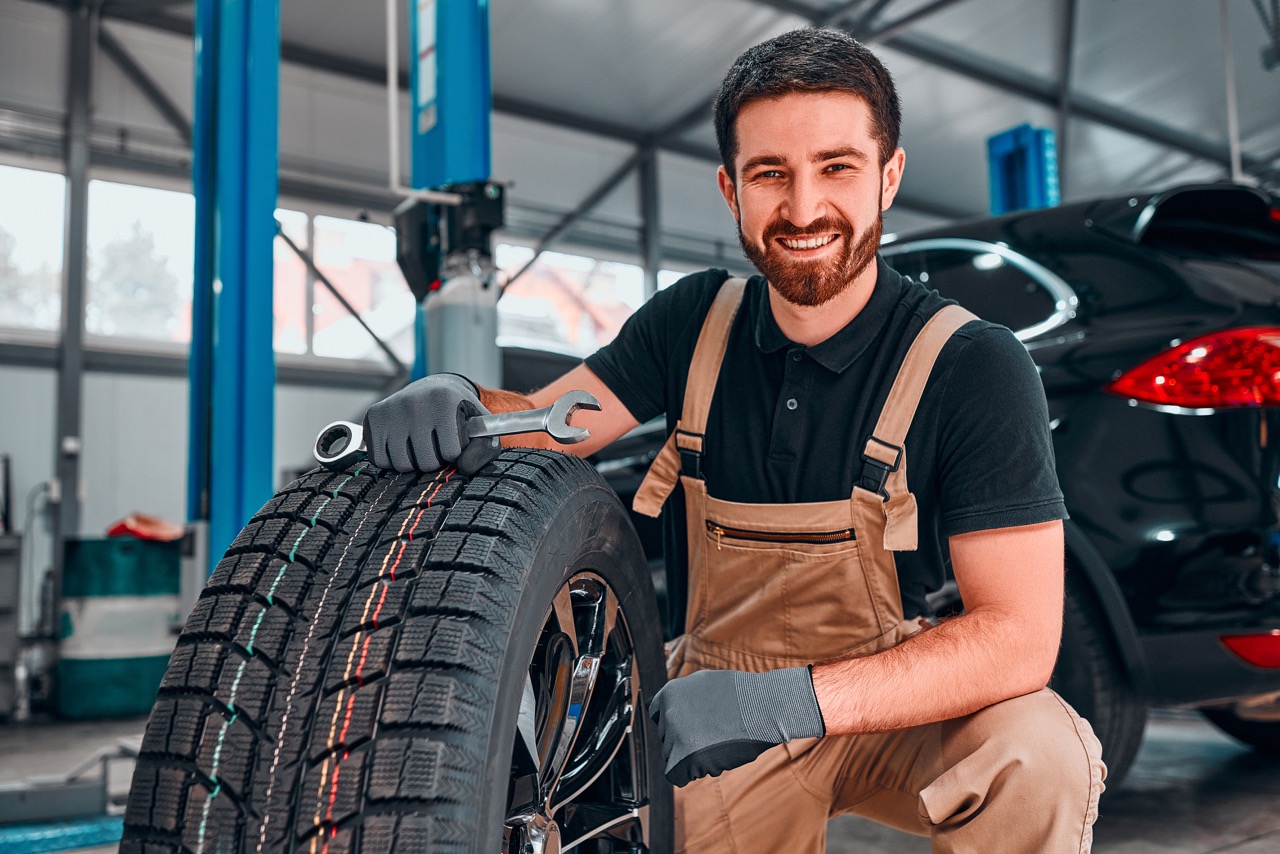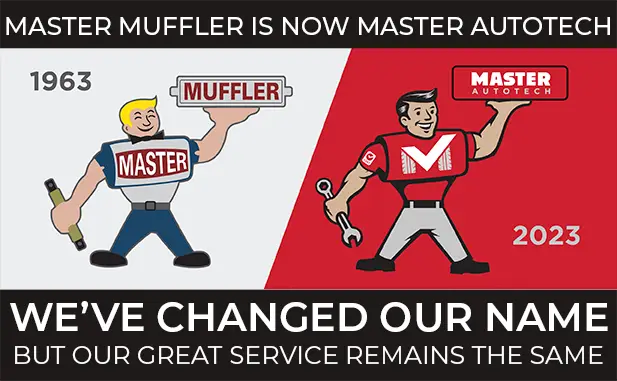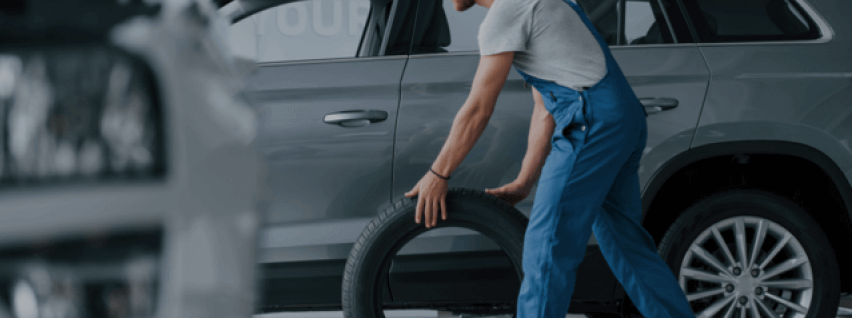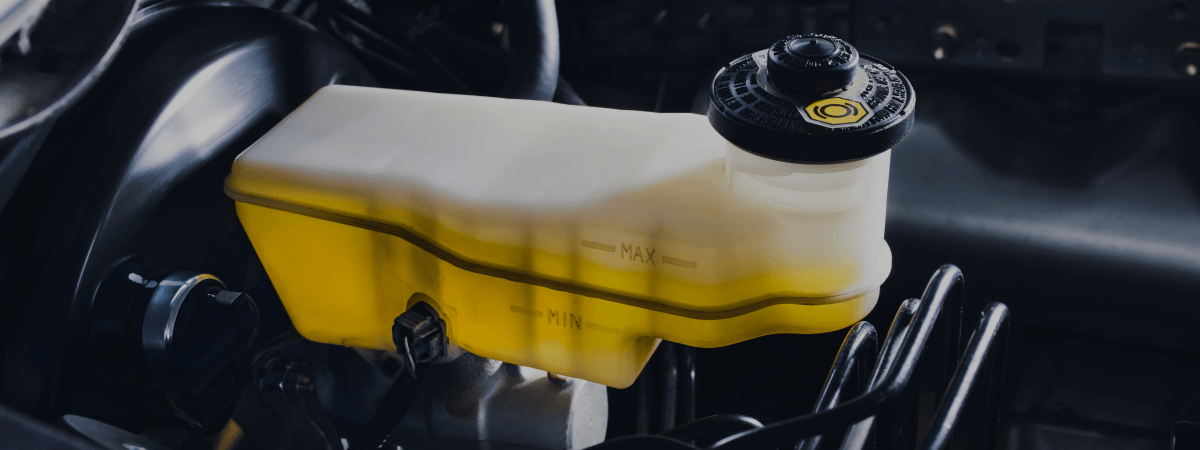
Your tires are ultimately what make it possible for your car to travel hundreds and thousands of miles down roads, streets, and highways, so they’re a pretty important part of your car to practice proper maintenance. Here is a look at what you need to know about keeping your car’s tires in tip-top shape.
Tread
Tire tread provides traction and allows for rainwater to be expelled from beneath the tire to prevent hydroplaning. Tires need to have sufficient tread depth in order to keep you driving safely. Many experts agree that having 4/32” tread depth means that your tire is still good, but that having 3/32” tread depth means that you should change out your tire soon.
If you have 2/32” or less tread depth, you need to replace your tires immediately. You can easily measure your tread depth using a tread depth gauge, but if you do not have one, you can use a penny instead. Insert a penny upside-down into the tread and observe how high up on the coin the tread reaches. If you can see the top of Lincoln’s head, that means your tread depth is 2/32” or less.
Pressure
Proper tire pressure is also essential for keeping you driving safely, and it can even help you preserve the life of your tires and save on gas. First, determine what pressure in psi your tires need in by locating the sticker on your car that specifies this (usually located on the doorjamb). You can also check your car’s owner’s manual for this information. Keep in mind that there may be different tire pressures specified for the front and back tires.
Then, check your tire pressure using a digital tire pressure gauge (you can usually find a no-nonsense one only for about $10—then just keep it in your car.) If your tire pressure is below the specified amount, then you’ll need to refill your tires. You can do this either by using a portable air compressor or by taking a trip to the gas station and using the air compressors there for a very modest price of around 50 cents.
Appearance
Finally, there are a few things you should know about keeping your tires looking their best. Many car owners make the mistake of using their basic car wash soap to wash their car’s tires, but it’s best to get a specialized cleaner for the type of wheels that you have. If your wheels are chrome or aluminum, then they can probably stand up to a stronger cleaner than powder-coated, painted, or anodized wheels.
You will find cleaners that are to be used only on wheels, and you can also find cleaners for use on both tires and wheels. Most cleaners come in an easy-to-use spray-on variety, and they are often best used with a gentle scrub brush. You’ll want a brush with feathered bristles for the wheels to prevent scratching and then a brush with harder bristles for the tires.
If you have any other questions about your car’s tires or any other vehicle issues, please give the team at Master Muffler SLC a call today! Our team of expert mechanics is well-versed in a variety of automotive issues and repairs.
Related Posts
Key Takeaways On average, passenger vehicle tires last 40,000 to 60,000 miles, depending on type, driving habits, and maintenance. Replace tires when tread depth reaches 2/32”, if damaged, or older than 10 years. Regular rotation, alignment, and proper inflation extend tire life. Aggressive driving, poor roads, and harsh weather shorten tire lifespan. Take advantage [...]
When you think about car maintenance, you probably focus on oil changes, tire rotations, and maybe even brake pad replacement. But what about your brake fluid? If you’ve ever wondered, “What does brake fluid do?” or “Why is brake fluid important?”, you’re not alone. Brake fluid might not be the most talked-about part of [...]
Is that high-pitched squeal from your brakes driving you—and everyone else—crazy? Don’t ignore it. Squeaky brakes aren’t just annoying, they’re your car’s way of saying something needs attention. Whether you're cruising through Salt Lake City or winding up Idaho’s mountain passes, here’s what’s likely going on, how you can fix it, and when it [...]





